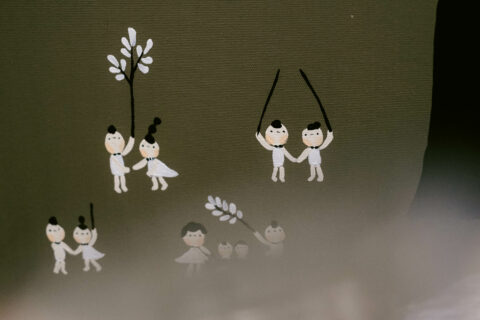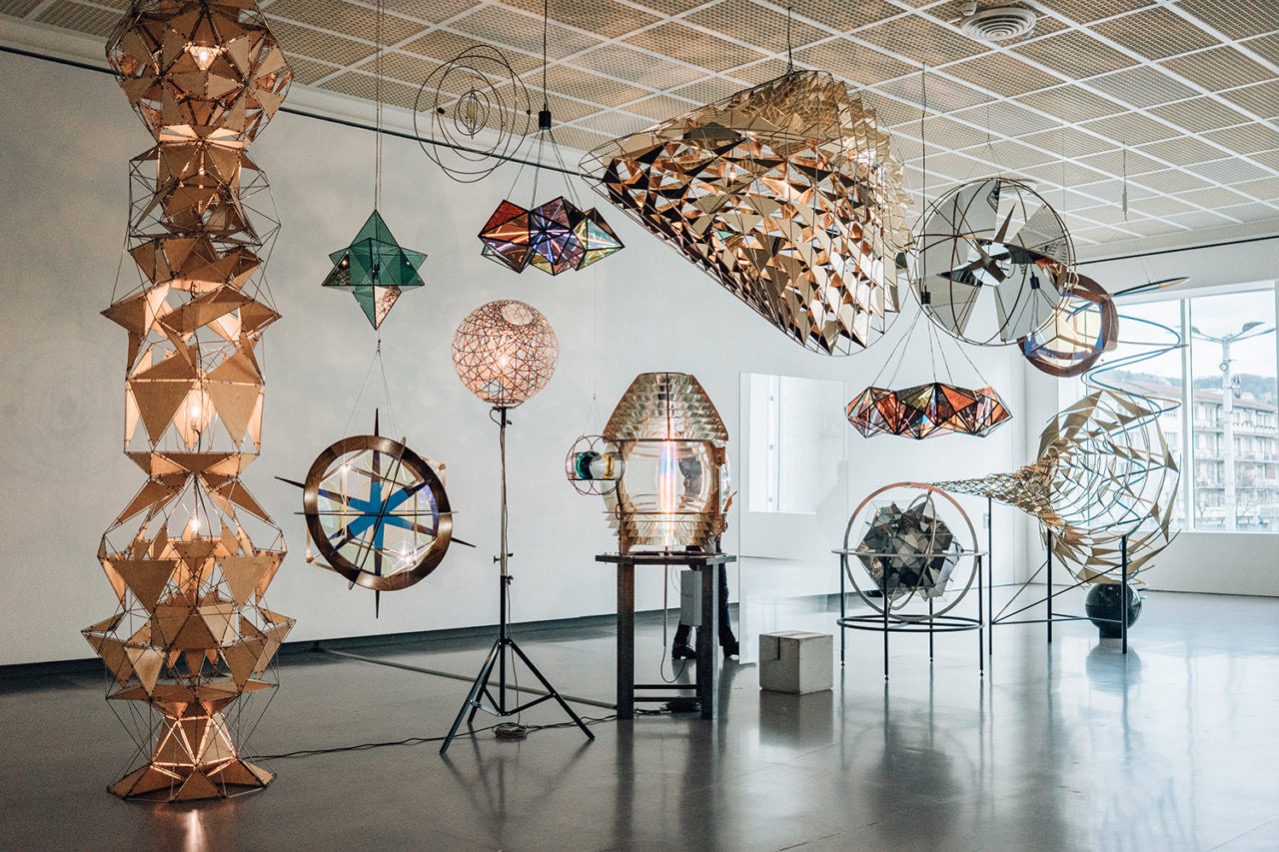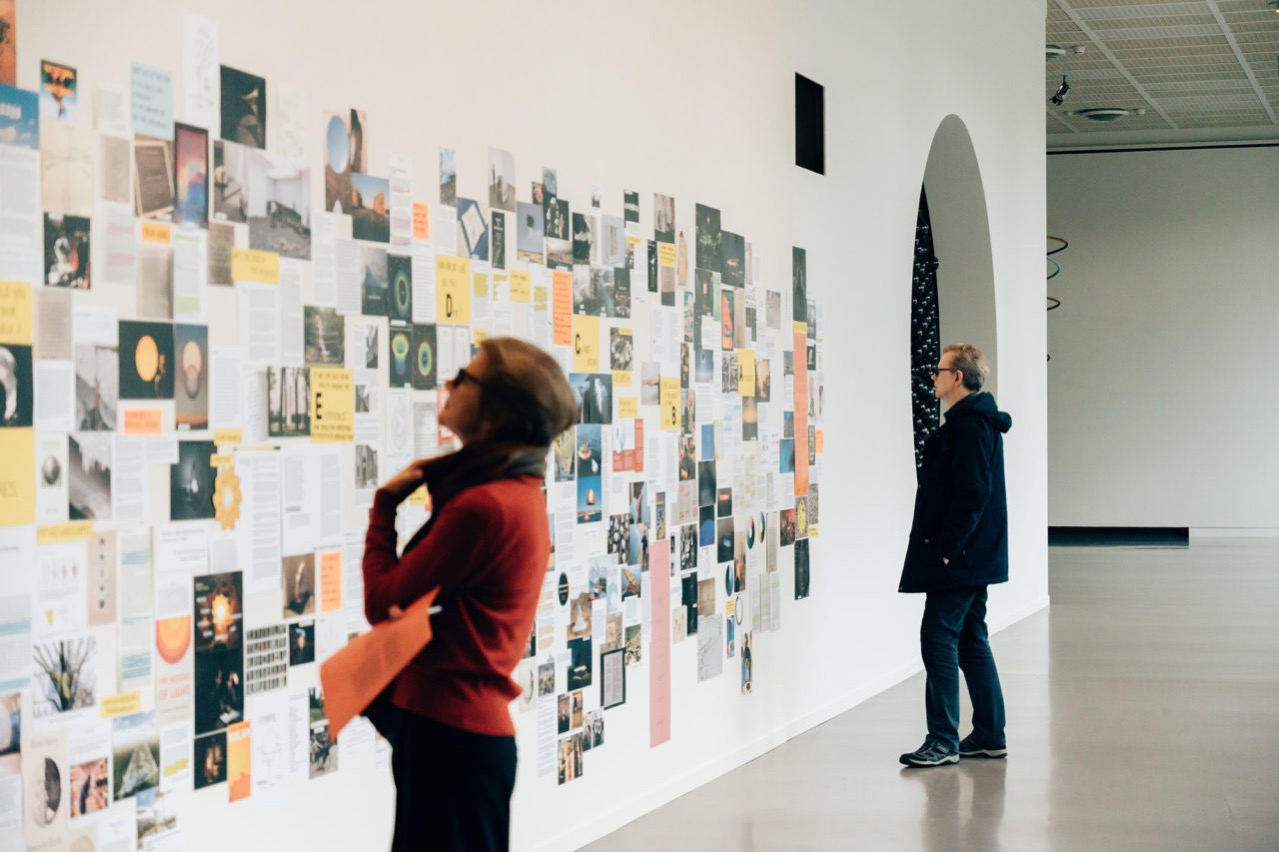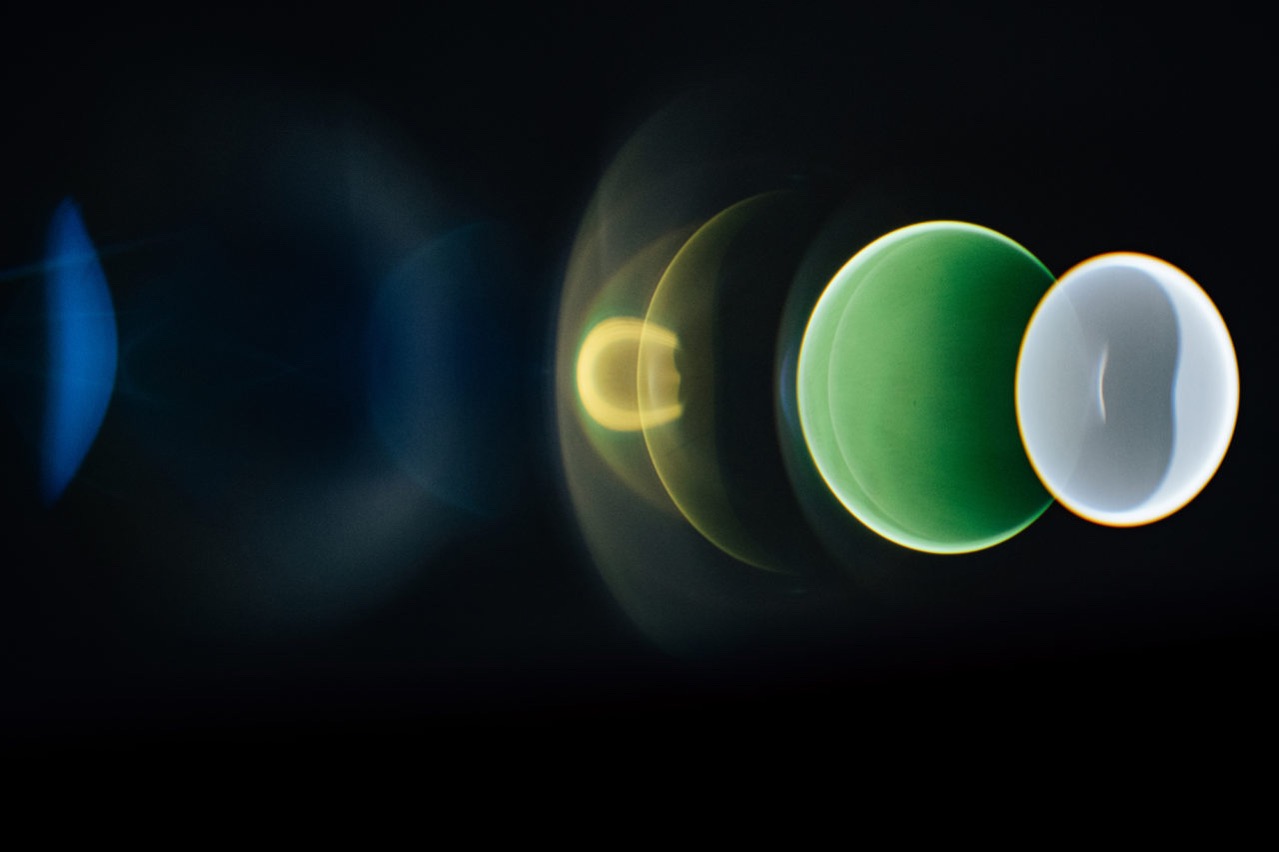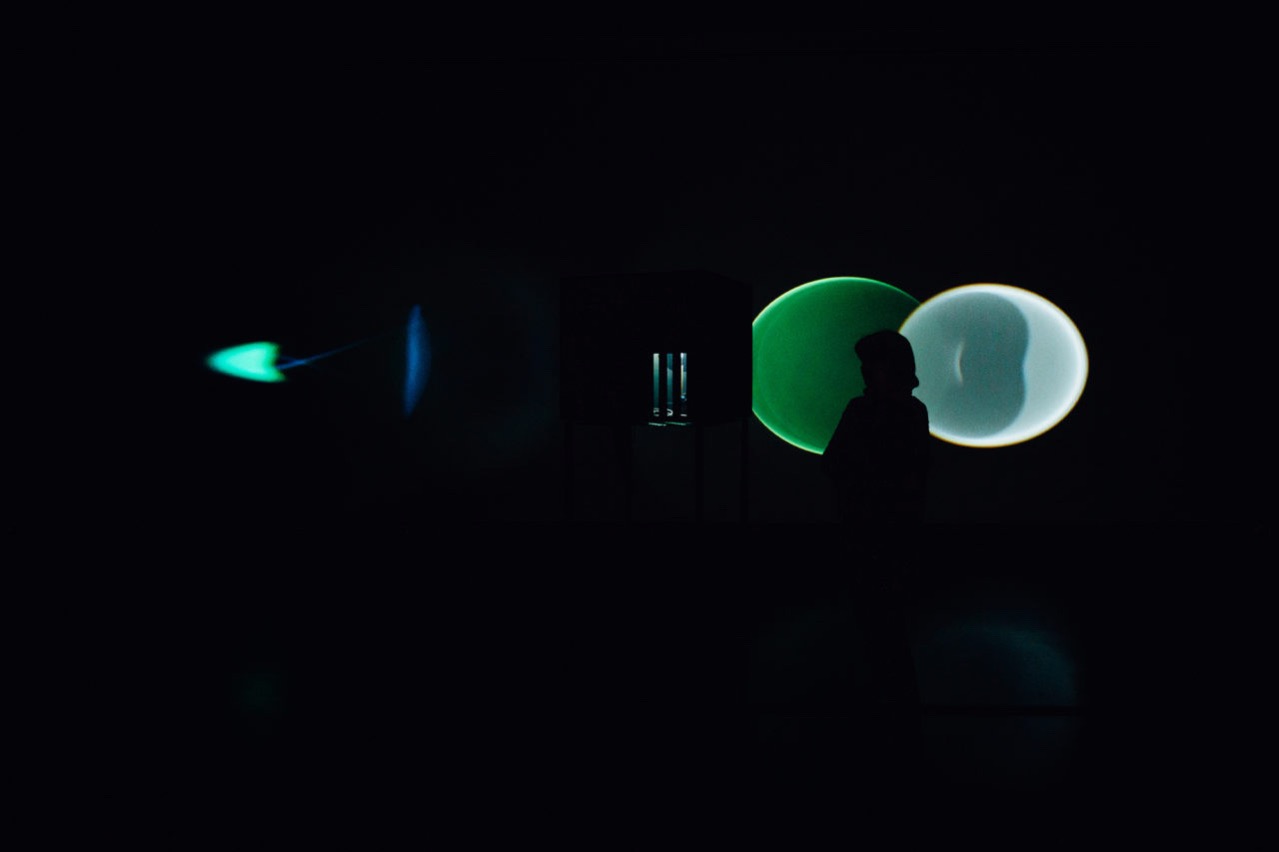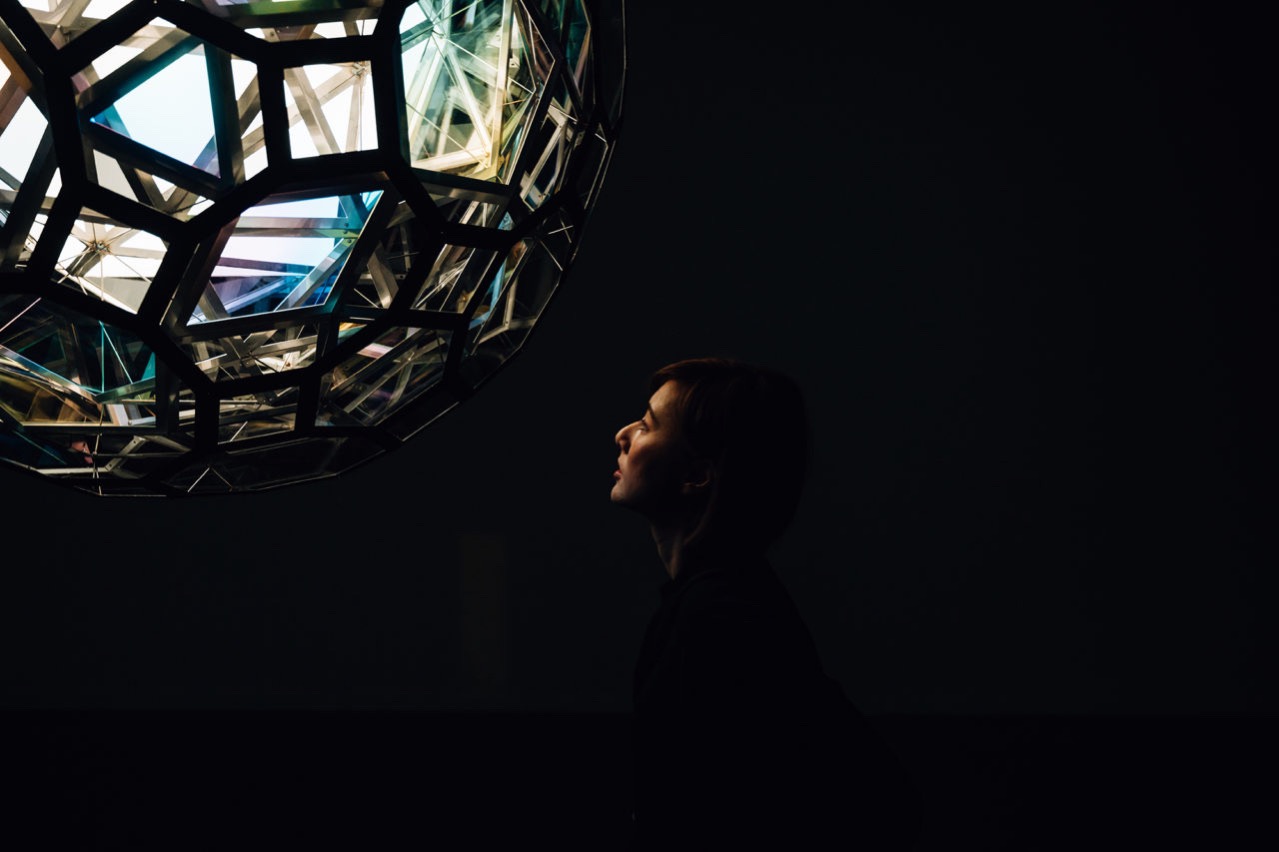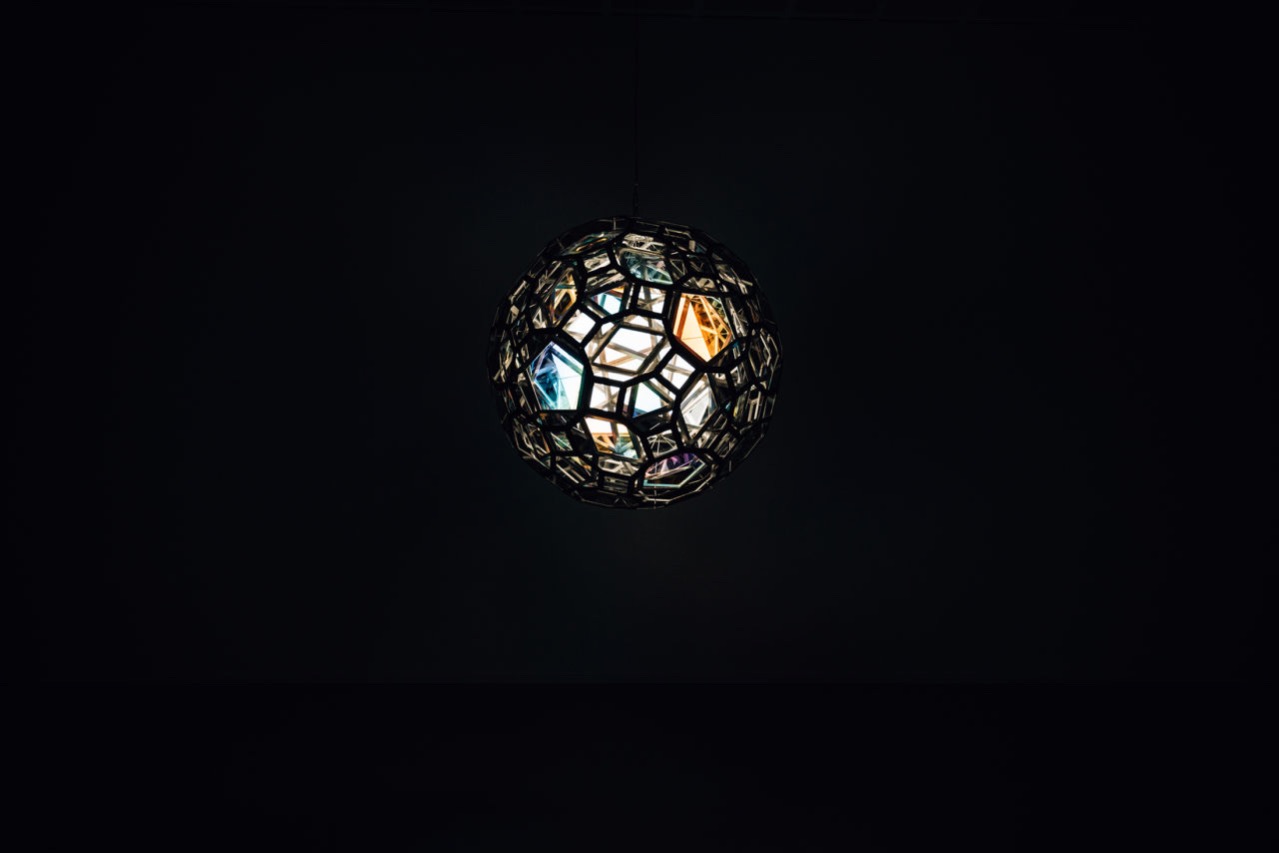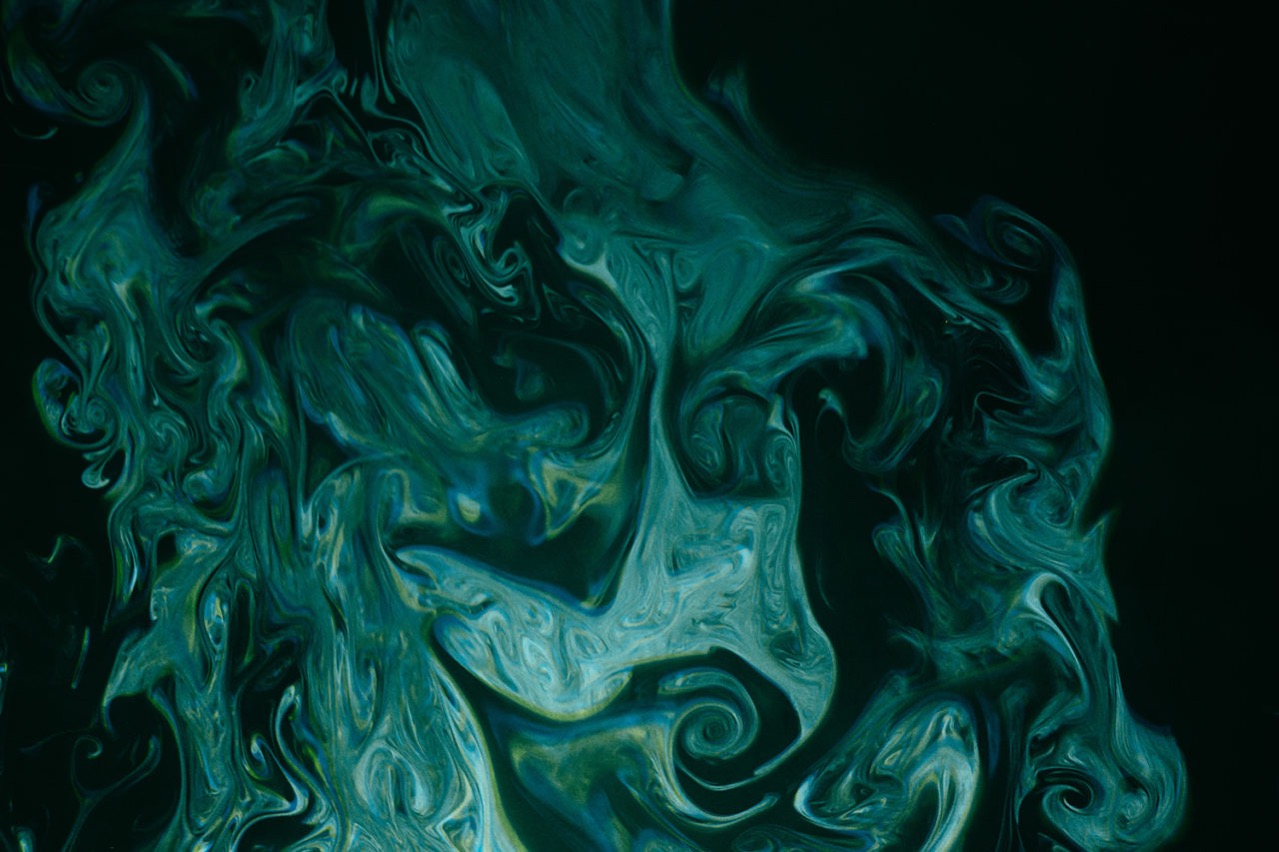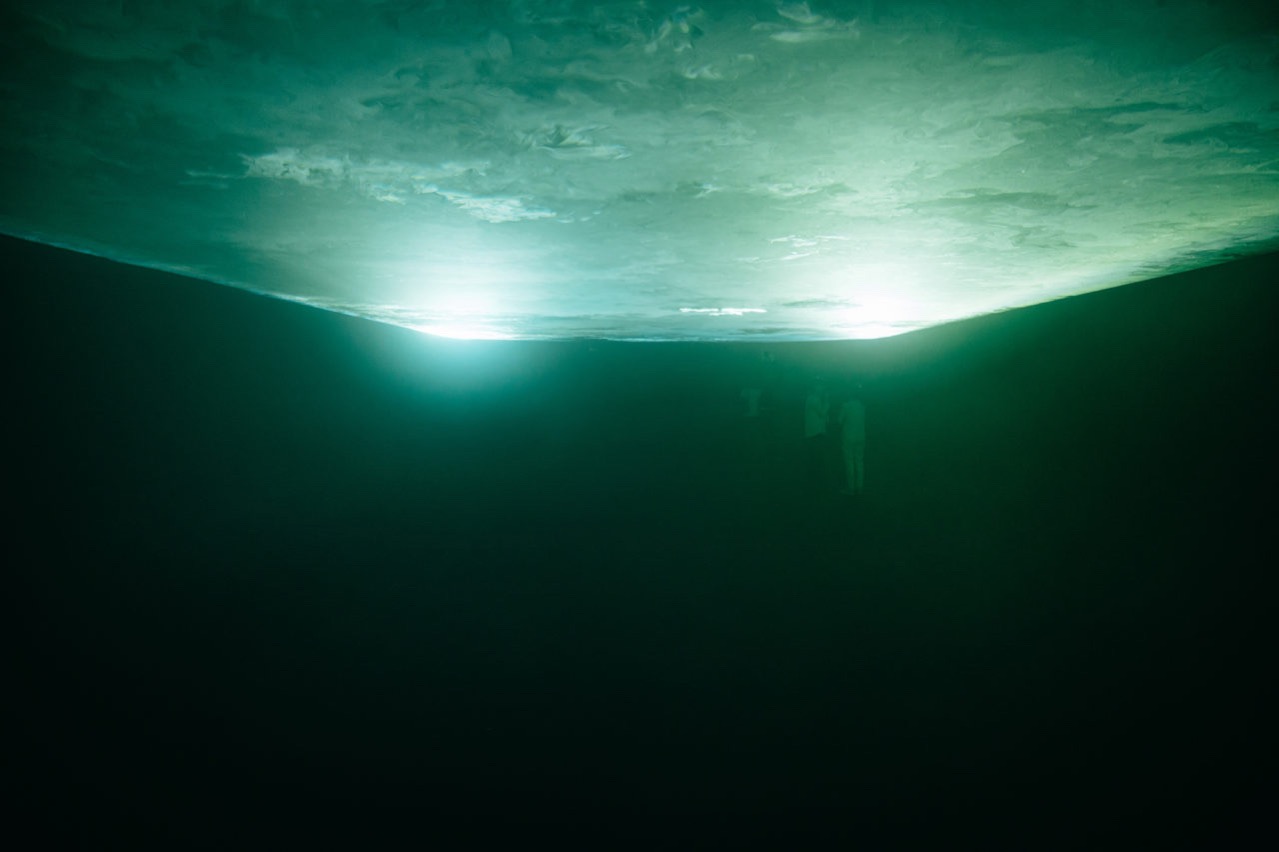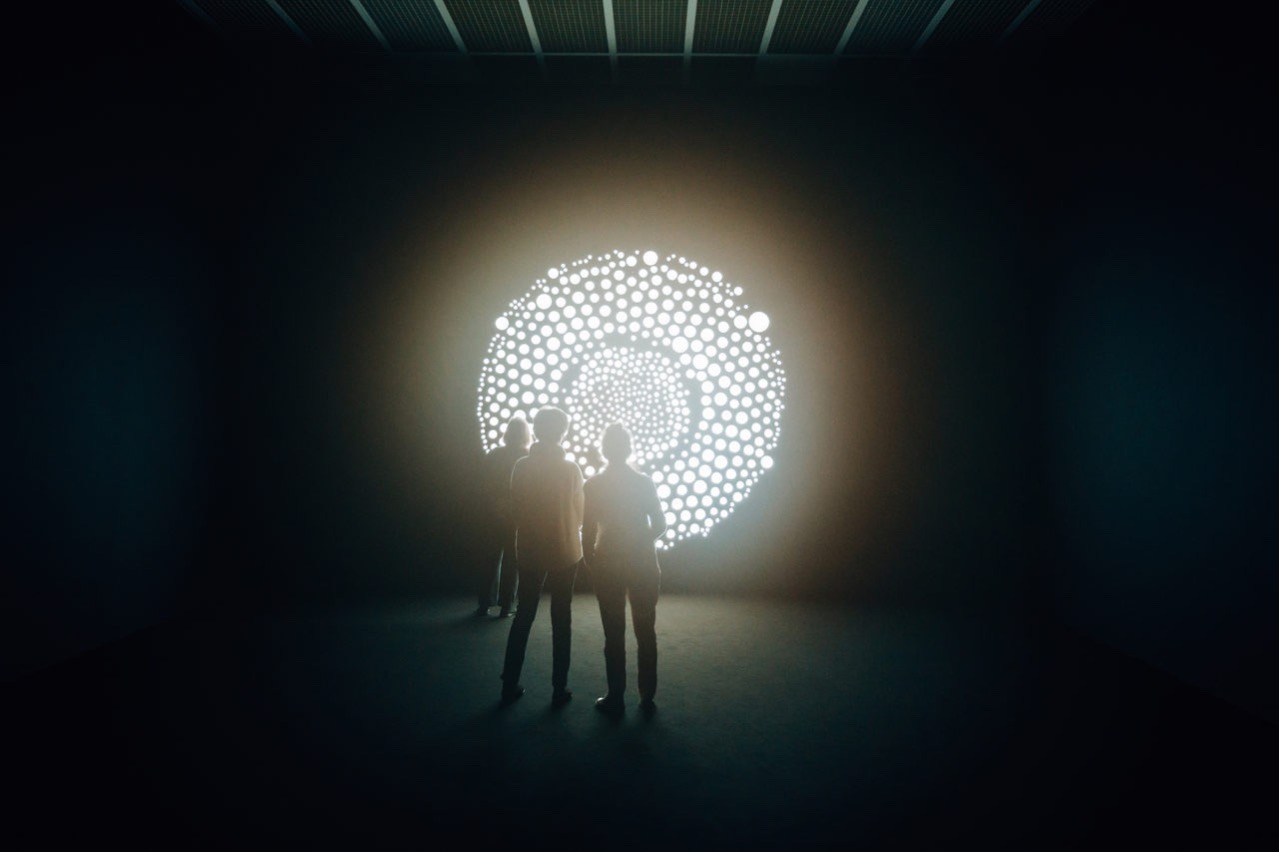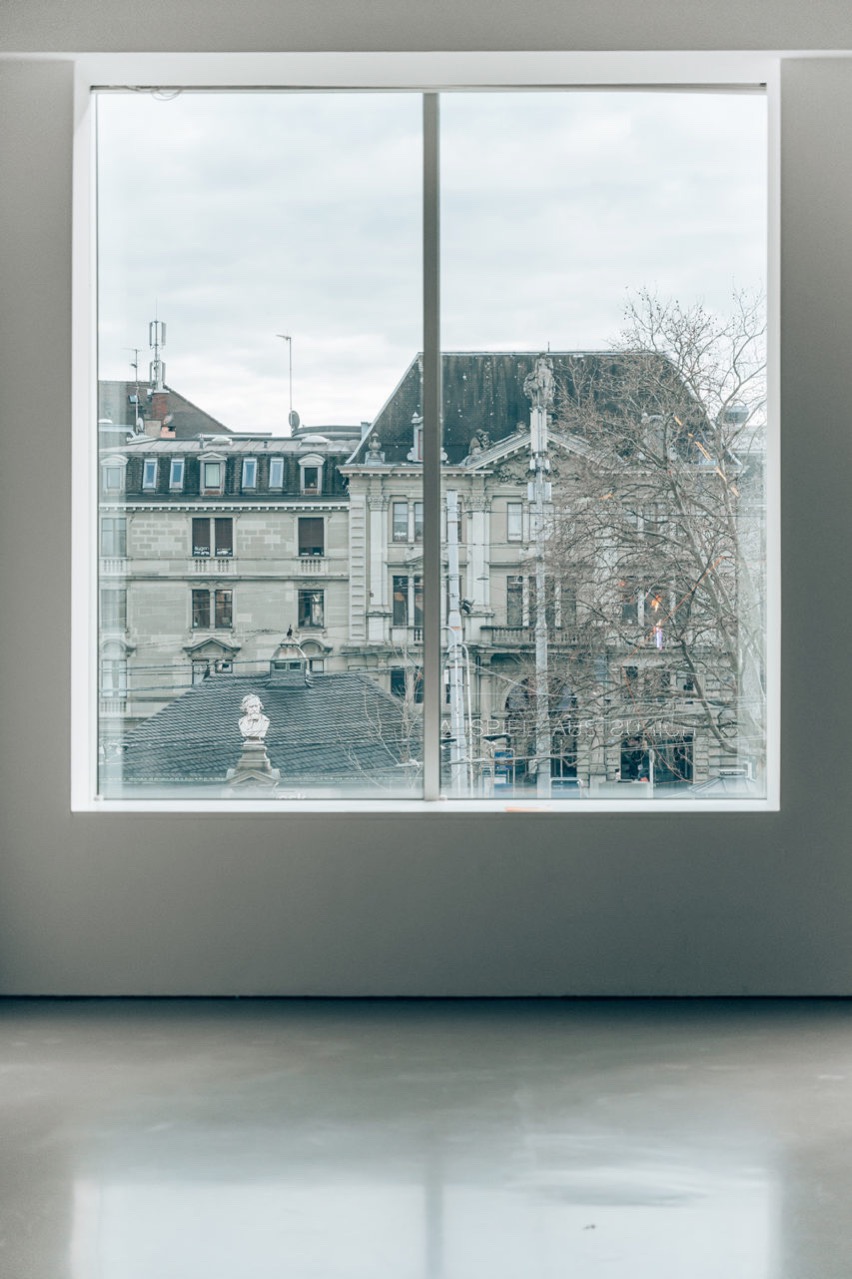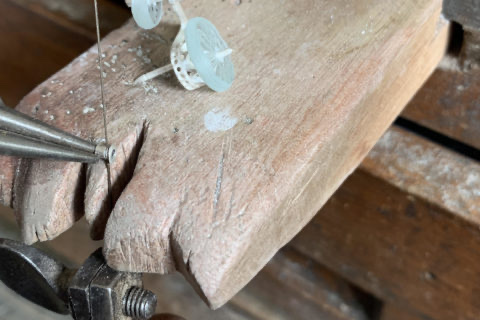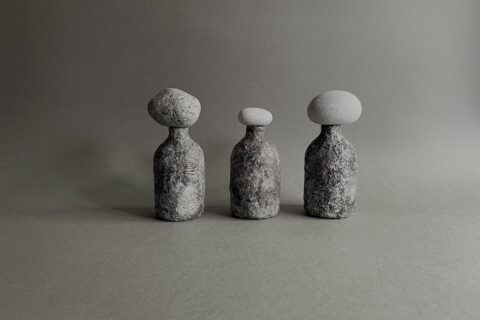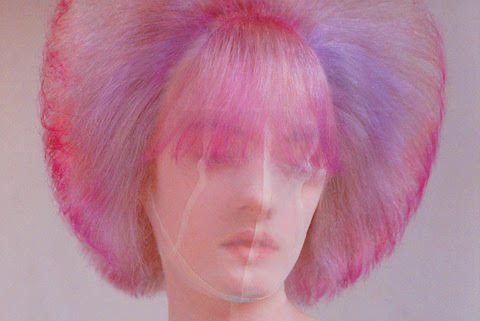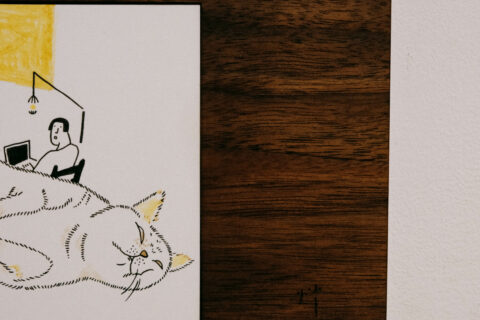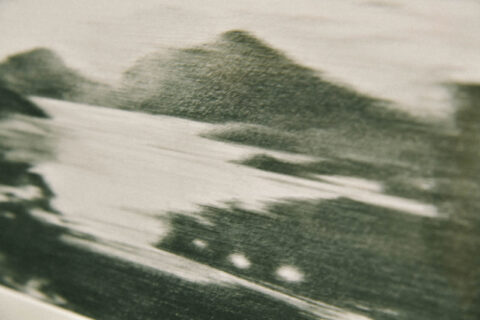處於現代藝術的環境,現在才談論冰島藝術家Olafur Eliasson似乎是有點落伍,早年以光影及自然裝置藝術而為人認識的他,在二十多年來以無數大型作品吸引大眾的注視。「Weather Project」、「Waterfall」、「Ice Watch」這些作品無論在意念及表達手法上都震撼人心。踏入新的一年,人在瑞士蘇黎世,剛好遇上了他在蘇黎世美術館的個人展覽「SYMBIOTIC SEEING」,因此幸運地能親身觀展,體驗他作品那種讓人沉浸其中的魔力。
Is it slightly outdated to now join the buzz to talk about the Danish–Icelandic artist Olafur Eliasson, considering his established fame in the contemporary art scene? Eliasson is known for his installation art employing light as one of the key elements. His large scale artworks have been a great attraction to gallery-goers for over twenty years. Art lovers are intrigued by the concept and presentation of The Weather Project, Waterfall, and Ice Watch, just to name a few. This time, I was fortunate enough to get a chance to see his solo exhibition Symbiotic Seeing in Zurich. Immersing myself in the world of his art was indeed a magical experience.
一直以來,Olafur Eliasson嘗試以不同媒體去探尋感知與現實,對於顏色、光影、數學模型以及自然環境這些命題都深感興趣,在每次的展覽都會出現當中一二。然而即使概念如何抽象,他都能以簡約的視覺方式來呈現,讓觀眾參與其中,體驗及成為作品的一部份。來到蘇黎世,SYMBIOTIC SEEING繼續以他的光影魔法以及自然元素,為美術館帶來幾組全新作品,以個人感知及空間作為前題,專注探索人類、地球以及其他生物物種之間的互為關係。
展覽以兩組全新作品開始,在暗黑的空間內,作品「Escaped Light Landscape」利用不同顏色的燈光,經過凸透鏡折射後投影到牆身之上。鏡片、濾片、燈光以摩打驅動,不斷的交換位置,盒子內的這些細小零件製造著牆身上變化萬千的圖案。這些形狀一時拉長,一時消失,盈虧交替,色相變換,如像一個生生不息的自然循環,教人不禁停下來駐足欣賞,一看便是十數分鐘。然而整個作品之中,參觀者亦是當中一部份,不時有人走過、不時有人走向牆前,甚至有人在窺覷盒子內裡的運作。這一切沒有限制,亦沒有一個觀展指引,當中引發思考的,就是空間與存在的相對性。相鄰的「Weather Orb」則展現了Olafur Eliasson熟悉的立體幾何結構雕塑,看似簡單的球體內包含了精密的計算,光線與幻象相互交疊,在任何一面鏡的反射之中都可以看到自己,作品提出了一個真正的現實是否有相確性的疑問。
Eliasson has always been experimenting with different media to explore the relationship between human perception and reality. Color, light, shadow, mathematical model, and natural environment are the recurrent themes to be found in his exhibitions. Regardless of how abstract these concepts are, Eliasson is able to find a way to present them in a minimal and direct way. Not only can his artworks create a strong visual impact, but they are also highly engaging as the artist himself sees the viewers’ engagement as an integral part of the whole experience. His Symbiotic Seeing exhibition in Zurich continues with his magic of light and shadow by interacting with natural elements. By delving into the conception of perception and space, his new series of work is an exploration of the intertwined relationship among humans, the earth, and other living organisms on earth.
Entering the exhibition hall, visitors will be greeted by two sets of new artwork in complete darkness. Escaped Light Landscape is a multi-color light installation made of an array of convex lenses. The lenses, color-effect filters and light change their positions constantly by motors. The motion then allows the simple setup to create numerous patterns on the wall. The constant transformation of various patterns is further intensified by the rotation of colors, which appear like a cycle of nature that involves birth and death. Such an installation is so fascinating that I easily spent over ten minutes watching. Like many of Eliasson’s works, the visitors are part of his art, as people are allowed to linger randomly in the space or even walk towards the wall and observe the mechanism inside of the boxes. Without any restrictions or instructions on how to appreciate the artwork, we are inspired to examine the positioning of human beings inside of the confined space. Hanging in an adjacent position is another piece, named Weather Orb. This three-dimensional geometric structure is quite the signature of Eliasson’s art. As simple as it looks, the sphere is an end product of precise calculation that ensures light and reflections meticulously overlap. While seeing oneself in any of the many mirrors on the surface of the sphere, the viewers are invited to question the existence of genuine reality.
關於生命、有機體、人類以及整個生態系統之間的關係,點題作品「Symbiotic Seeing」提出一個可視的觀點。在一個400平方米的黑房內,霧氣與人影乍隱乍現,頭頂上盤旋著如同雲霧但形狀不定,顏色變異的影像,像有生命地去四方八面遊動、散開又重聚。這一道把戲利用了霧氣打進流動的水平面,透過燈光的折射,形成了隨機而詭異的投射。單純以視覺來說,這一種混亂的美態已經讓人著迷,而Olafur Eliasson讓人去思考的卻是人類作為地球的一份子,是怎樣地影響著整個生態,當中參觀者的多寡以及動態,都足以影響氣體流動的模式,從而反映在每人所看到的畫面之中。人們選擇的是坐著靜靜旁觀或是主動地去製造騷動,都是現實世界的一種縮影。值得一提的是,現場背景一直播著以大提琴演奏的樂曲,而在離開會場前的一刻,你便會知道誰是真正演奏者,在此先賣上一個關子,讓大家自行尋找答案。
As suggested in the exhibition title, Symbiotic Seeing endeavors to look into the connection between life, other life-forms, human beings, and the whole ecosystem. The 400-square-meter space of darkness is filled with the shadowy presence of mist and human walking around, while right above our head are images and patterns that float like clouds. The projections all move, gather and disperse in an unpredictable way as if they were alive; simultaneously, the color also changes organically. This beautiful fluidity of patterns is made possible by releasing mist around the beams of light projections. The work is undoubtedly mesmerizing in terms of aesthetics, but the more important question that Olafur Eliasson wants to communicate to his audience is how humans could affect the whole ecology through every action they make. The visual as seen is constantly affected by the number of viewers in the room and how they move around, therefore we all have a high level of participation in what we see. This is the same logic observed in our real world, as we are all impactful to the environment to different degrees. One thing that is not to be missed is the background music of a cello piece. Right before you leave the venue, you will be able to find out who was the performer of the piece. Who was it then? I guess I will leave it for you to find it out yourself at the exhibition.
第四組新作回到Olafur Eliasson慣常使用的凸透鏡,把一牆之隔的外在世界來一個平衡欣賞。而這一次的變異之處在於排列,凸透鏡的排列模仿單細胞生物「珪藻」的結構而來,這藻類亦是為地球去除二氧化碳的重要生物之一。為此,藝術家希望發掘及展現這些平常隱藏於人世的美態,讓人再次感嘆大自然的魅力。
The fourth piece of work is again made by using glass spheres that Eliasson often uses in his works. By mounting the numerous spheres on a wall, the artist brought scenes from the outside world into the exhibition hall for people to view in parallel with the indoor exhibits. The form of Algae Window imitates algae, which is a unicellular organism that plays a crucial role in lowering the amount of carbon dioxide on the planet. Eliasson is bringing this fascinating microorganism into his exhibition to remind us of the natural beauty that can be easily overlooked, hoping to let his audience see the true charisma of nature.
在走完了大大小小的作品後,一面從A到Z的剪貼牆展述了創作團隊的思考過程與創作意念,在大量的資料中,藉Climate Change等氣候議題, 標示出種種人類行為對環境造成的影響。這個是展覽的終點,亦是眾人開始思考的開端。
Towards the end of the exhibition is a wall showcasing research materials and articles arranged from A to Z, explaining to viewers the team’s process of conceptualization and designing the artworks. Among the informative research articles, we can also learn more about the impact humans have made to the environment focusing on topics like climate change. This might be the end of the exhibition, but this is definitely not an end for the viewers to actively consider what they can do for the environment.
